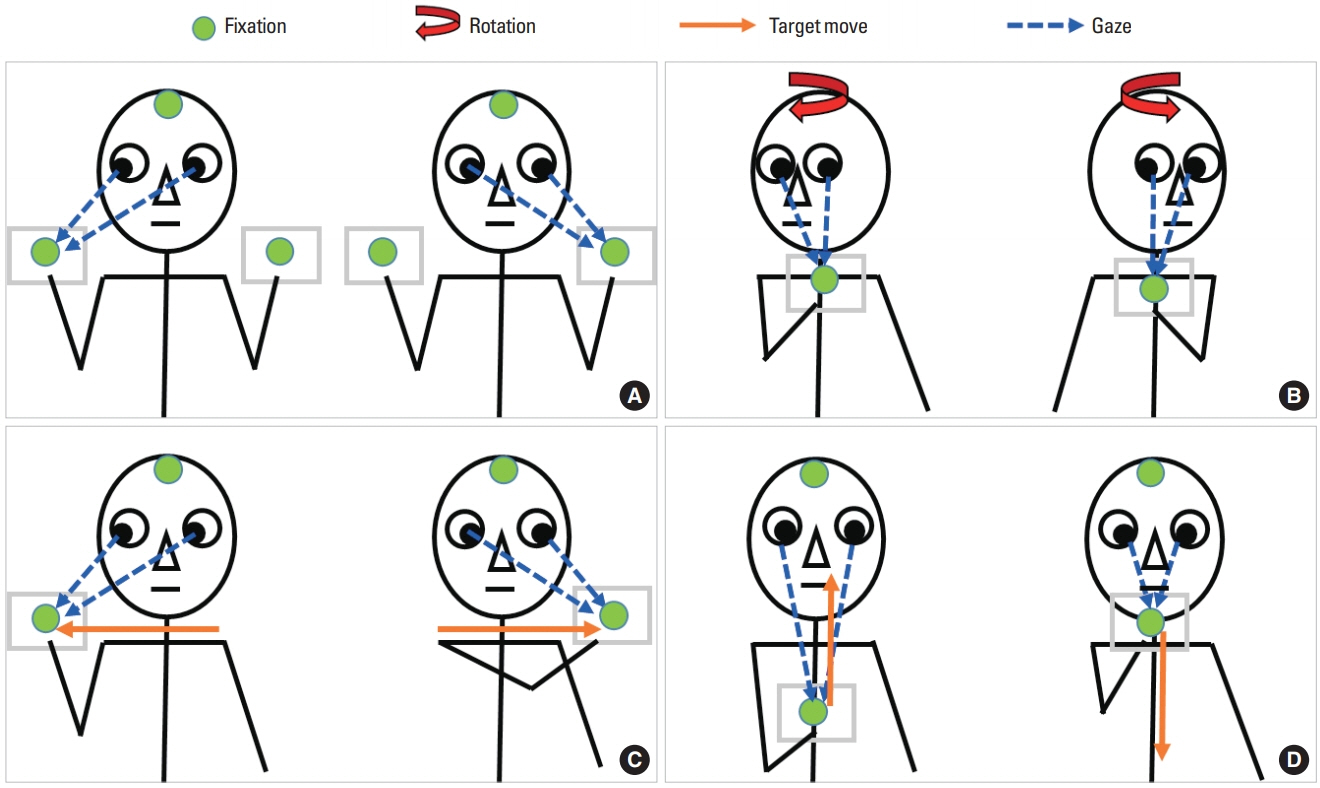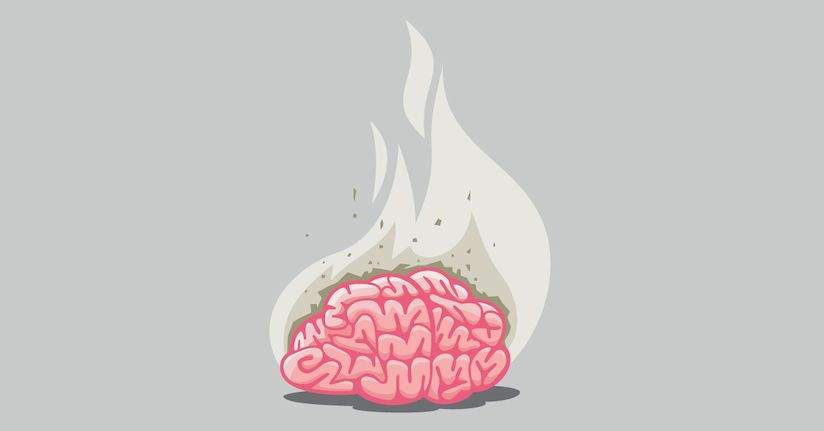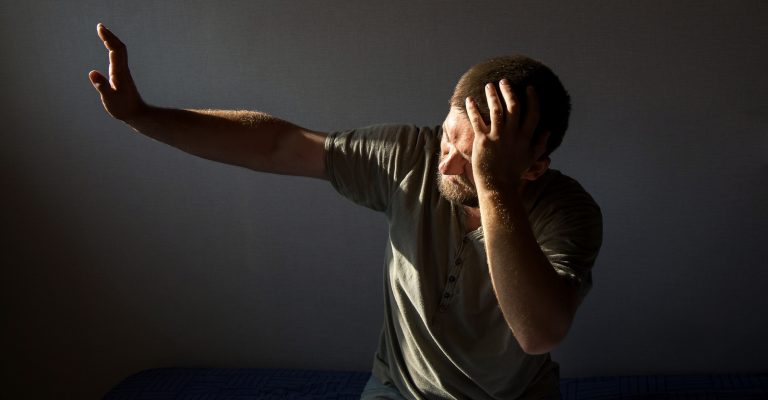Experiencing sensitivity to light is pretty typical following a bump on the head. Yet, it can sometimes be a bit tricky to spot these signs, as they tend to blend in with other indications of brain trauma. Being light-sensitive means bright lights might make you uncomfortable or cause headaches. It is important to know the treatment options for photosensitivity after brain trauma to conquer this health condition.
Imagine when you flip on a bright light first thing in the morning. Imagine feeling like that most of the time. That’s what light sensitivity can feel like after a head injury. So, it’s important to keep a watchful eye on such symptoms because they can often get mixed up with other signs linked to brain damage or trauma.
Photosensitivity After Head Injury Causes
Ever been in a room that felt too bright for comfort? This light sensitivity, technically known as photophobia, is a frequent sign of mild head injuries like concussions. This usually happens after there’s harm to a part of your brain known as the thalamus.
The thalamus is like a secretary for your brain. It reviews all the visual data you take in and distributes it to various regions of your brain. However, if you face a head injury, the blood vessels that bring oxygen to the thalamus can become injured. When this happens, the thalamus goes on a kind of hunger strike – simply because it isn’t getting the nutrients it needs.
With the starving thalamus now unable to process and filter your vision correctly, you end up experiencing ‘visual overload.’ That’s why, if you’ve had a head injury, you might find darker rooms with less visual data to process much more comfortably than bright ones.
A damaged thalamus isn’t the only reason behind light sensitivity. Other elements within your body and brain can bring on this condition. These include:
Autonomic Nervous System (ANS)
This is like the automated system controller for most of your body’s involuntary processes, such as the dilation of your pupils. If a nasty knock disrupts this system, your pupils might start to take in more light than they should, causing light sensitivity.
Superior Colliculus
This part of your brain is like your internal GPS. It helps keep you spatially oriented. Also, it has a bit of control over the muscles in your eyes. If it starts to go haywire, it can make your vision extra sensitive.
Vestibular System

This is the part of your body that helps you keep your balance. If a head injury disrupts this system, it’s common to experience vision-related issues. And yes, you’ve guessed it – one of those issues might be light sensitivity.
Symptoms
Experiencing sensitivity to light? It’s common, and the symptoms can range from mild to severe. These often include:
- Frequent headaches
- Straining your eyes
- Pain in the eyes
- Feeling tired after using your eyes
- Struggling to bear bright lights
Apart from these, there are a few other symptoms that you might be experiencing, like:
- Feeling dizzy
- Suffering from mental tiredness
- Having trouble doing multiple tasks at once
While these additional symptoms might not directly relate to your sensitivity to light, they tend to appear together, particularly after a head injury. This might be because, after such an injury, your brain might work overtime to deal with bright lights.
It leaves less energy for other tasks. This might cause you to feel dizzy or tired. It’s all interconnected, and it’s important to understand these links so you can manage your symptoms better.
Treatment Options for Photosensitivity After Brain Trauma

While the strategies mentioned can help decrease your sensitivity to light, they aren’t overnight solutions. In the meantime, it’s essential to take care of your eyes.
Protect Your Eyes
The first among the treatment options for photosensitivity after brain trauma is to protect your eyes. There are a couple of simple and effective ways to do this. Firstly, consider wearing sunglasses when you’re outdoors, as they can help minimize eye strain. However, keep in mind that if you’re inside, it’s best to limit your use of them. A key part of healing is gradually building up your tolerance to light; wearing sunglasses indoors can slow down this process.
Another useful tip is to restrict your time staring at your computer, phone, or television screen. These devices can quickly overwhelm your brain if you’re not careful. If your work demands time in front of screens, try wearing glasses that filter blue light; they can significantly reduce headaches.
One more option is using colored glasses. These glasses limit the amount of visual information your eyes take in, easing the burden on your brain while you’re on the job. But remember, it’s advisable to scale back their use over time to fully recover.
Have Flavonoids for Photosensitivity
Did you know about Flavonoids? These are special antioxidants that are extracted from plants. Although there isn’t much research about them, they are believed to play a major role in maintaining your eyesight and the overall health of your eyes.
These flavonoids are also famous for boosting the production of BDNF, or brain-derived neurotrophic factor. This element is a big help to your brain as it recovers and repairs itself.
As your brain gets better, it becomes capable of simultaneously dealing with more sensory information. Imagine the possibilities! This could potentially make you less sensitive to bright lights. The good news is they are found in most foods that are vibrant in color. For example, many berries and citrus fruits, apples, and tea are abundant.
Vestibular Therapy
If you are struggling with light sensitivity, also known as photophobia, that is linked to feelings of dizziness, the cause might actually lie within your vestibular system. The vestibular system in your inner ear plays a crucial role in maintaining balance and stability. Thus, sorting out any issues with this system could potentially alleviate your photophobia.
How can you achieve this? Vestibular therapy exercises can be a great help. These simple yet effective exercises focus on improving your balance, reducing dizziness triggered by movement, and resolving any visual complications.
Let’s take a look at some simple exercises you could incorporate into your daily routine:
- Sit or lay down on your comfortable bed. Start by moving your eyes up and down, then side to side. Repeat this cycle about 10 times.
- Another exercise involves your neck. Gently and slowly bend your neck forward and backward, then try turning it from left to right. Again, repeating this cycle about ten times should suffice.
- Lastly, while standing straight, toss a ball from one hand to the other above your eye level. This can help improve your balance and control of movement.
Gaze Stabilization Exercises
Let’s discuss how a head injury can affect your eyesight. If you’ve had a head injury, you might become more sensitive to light. So, to help with this, there’s a helpful method called vision therapy that can strengthen the muscles in your eyes. This can help reduce any unnecessary strain on your eyes.
One of the key elements of vision therapy is something called gaze stabilization exercises. These are exercises that therapists make use of to help individuals focus on an object that isn’t moving, even while they themselves are in motion.
Here are a couple of simple gaze stabilization exercises you could try:
- Try looking straight ahead at a specific target. While keeping your gaze set on the target, slowly walk towards it. You can also try this while shifting from seated to standing up.
- Turn your head from side to side, then up and down. But remember, keep your eyes focused on the target.
- The goal is to work up to doing 10-15 repetitions of these exercises. Start slow, and as you get more comfortable, gradually extend the time you spend doing these exercises.
To Sum Up
Sensitivity to light is a common issue, and it can sometimes be frustrating. However, with the right strategies and exercise, you can manage your symptoms and gradually build up your tolerance to bright lights. Remember these treatment options for photosensitivity after brain trauma and take care of your eyes and be patient as you overcome this sensitivity. With time and effort, you can reduce discomfort and improve your overall quality of life.

